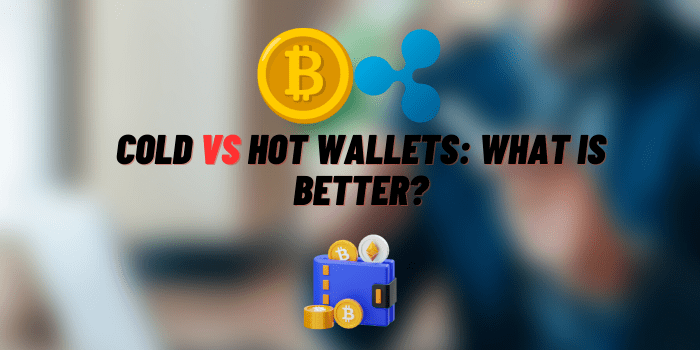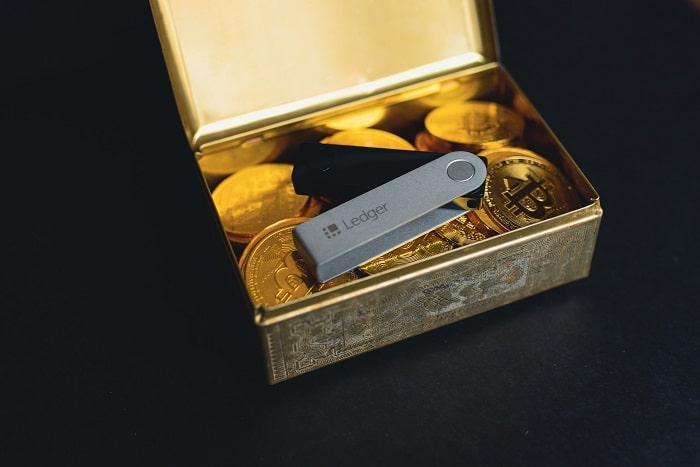Cold vs Hot Wallets: What Is Better?
To store cryptocurrencies, special wallets are used. They are software for communicating and interacting with the blockchain. Depending on the features of connecting to the Internet, they are divided into cold and hot. Since the boundary between different types of wallets is rather arbitrary, some of them are difficult to classify as hot or cold and are sometimes called warm.
Each of the wallets has its own characteristics and it is important for a crypto investor to find a storage method that best suits his investment goals and needs.
Hot Wallets

This type includes digital storages that always remain online. They are very easy to use and are often freely available. The most striking example of such storage is an exchange wallet, which is created automatically after registering an account on the trading platform.
Since access to the account is possible from any device connected to the Internet, you can manage your account from anywhere in the world. BTCXMR swap is performed in a few clicks without additional steps. All storages on crypto exchanges and other online platforms, browser extensions and mobile applications are classified as hot.
However, usability comes with increased vulnerability to remote threats. First of all, this applies to exchange vaults, since trading platforms are very attractive targets for hackers. Offline storage is unlikely to be hacked, but there is a risk of becoming a victim of a phishing attack.
When choosing a software wallet to install on your device, pay attention to the location where private keys are stored. For security reasons, versions in which private keys are generated and stored on the user’s device are more preferable.
Hot storage is convenient for active trading, staking, and other day-to-day crypto transactions. Keeping large amounts in them is still not recommended.
Desktop versions of popular crypto wallets are intermediate between hot and cold storage. If your device does not work around the clock and the program does not start by default, then part of the time your private keys are stored offline. Some users go a little further and install the required software on removable media.
Cold Wallets

Cold wallets are usually called hardware wallets, special miniature devices with pre-installed software. Private keys are stored offline and securely protected from remote threats.
For high reliability, you have to pay less convenience for everyday use. To exchange XYO to BTC, the device must be connected to the Internet through an application installed on a smartphone or desktop device.
Another relative disadvantage of hardware wallets is the price, which starts at about $50. Based on the combination of characteristics, the conclusion suggests itself that a hardware solution is most preferable for the accumulation and long-term storage of large amounts of cryptocurrency.
Which Storage Method Should You Choose?

As is often the case, we have two pieces of news: good and bad. The bad news is that there is no ideal storage method, and the failure of the idea of putting all your eggs in one basket (read: all coins in one wallet) is already well known. Good – the number of wallets for different coins and different purposes is limited solely by common sense considerations. Experienced users usually distribute capital among several vaults.
Small amounts for active trading and daily expenses can be stored on a hot wallet, including an exchange one. For long-term storage of large amounts, cold storage is preferable. There is an opinion that it makes sense to think about buying a hardware wallet already when the amount in your account exceeds 0.001 BTC. The moment when the cost of acquiring a hardware wallet becomes economically justified is determined by each investor independently.






